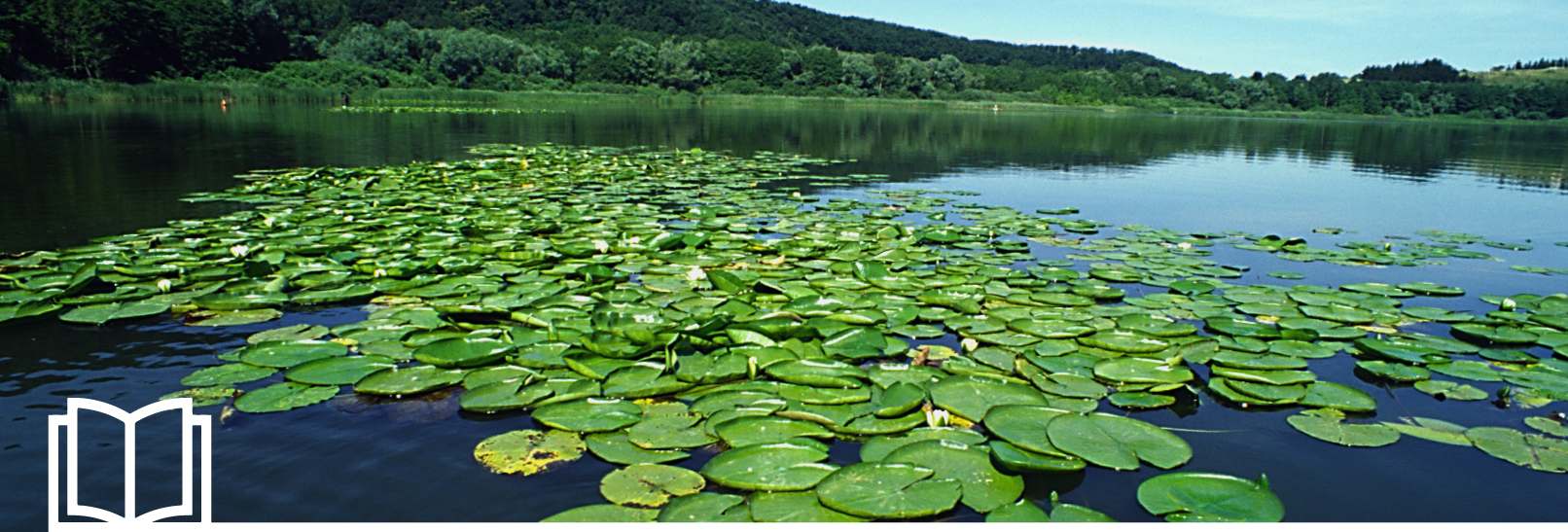Lago Piccolo and Lago Grande di Monticchio are fed by both groundwater and rainwater. The waters of the 'Piccolo' flow into the 'Grande' through an artificial canal, while the waters of the latter reservoir, via the Torrente Laghi, flow into the Ofanto, the border between Campania and Basilicata.
The shores of the Piccolo have no beach, almost as if the forest were falling into them, while the Grande is surrounded by large areas that are often flooded, causing swamping, but also an extraordinary biodiversity.
A recent bathymetric measurement (2015) established a maximum depth of approximately 44 metres for Lago Piccolo and approximately 40 metres for Lago Grande.
The Monticchio lakes have been included in the Euromaars Project (EU), aimed at reconstructing the climatic history of the Quaternary period by analysing the sediments of several European lake basins, as well as the European Lake Drilling Project (ELDP) and the Past Global Changes (PAGES) of the International Geosphere Biosphere Programme (IGBP). For many years, the GeoForschungsZentrum (GFZ) in Potsdam (Germany) has been conducting multidisciplinary investigations into the sediments of Lago Grande.
The chronological framework of the sedimentary process is determined by investigating the numerous layers found in the sediment cores, consisting of pyroclastic deposits (tephra), fossil pollen grains and dust released into the atmosphere during the eruptions of various volcanoes and deposited on the lake bed.
The mineral waters of Vulture have been especially valued in the past: first during the Roman period, both republican and imperial, then by Frederick II of Swabia, and much later by the French who brought large quantities to Paris.
But it was at the beginning of the last century that their industrial use commenced, with the work of the Lanari family from the Marche region.
The waters and the thermal baths became a source of attraction for high-ranking personalities from Puglia and Campania. Eduardo Scarpetta, a Neapolitan writer, playwright and poet, even composed a song about them: "For the gaseous acidulous waters of Monticchio Lanari." There is no doubt that a large part of Vulture's fame is nowadays attributable to the quality of its water. It accounts for more than 7% of the water that is bottled and marketed in Italy.
